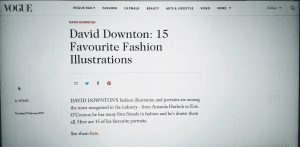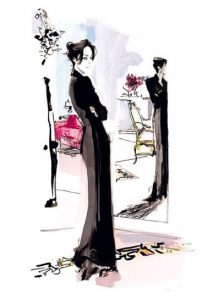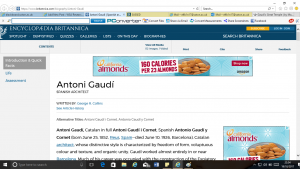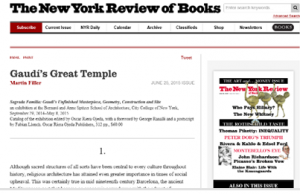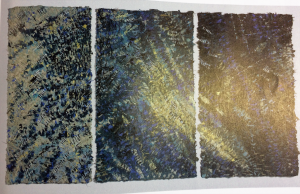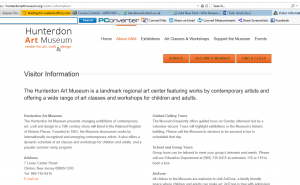
Everyman Cinema, Everyman Venue Details, https://www.everymancinema.com/muswell-hill#venueDetails, Accessed 22nd October 2017.

Bridget Galton, 2016, Munswell Hill’s Odeon Reopens as Art Deco Everyman, Ham&High, 15 November 2016.
For this task I chose to carry on the theme of Art Deco architecture as it is my main inspiration for my print project. Throughout my project I have focused on the exterior of art deco architecture and I thought now would be a great time to research further into interiors. Interior design is something I wish to go into in my future so I found the book ‘Art Deco Interiors’ by Patricia Bayer incredibly interesting. On every page there were a range of photographs in both black and white and colour, along side information about the brief history of the building and the architect. One of my favourite images from the book was of the original Munswell Hill Odeon cinema. I chose to use this image to research into further.
Finding a website for the Munswell Hill Odeon was difficult as it is still a running cinema so I looked into the cinemas venue details page. This gave me more information about the cinema’s location, opening times and transport options. My newspaper article however, was much more interesting as it gave me more of an insight into the history of the cinema. In this article I discovered that the Munswell Hill Odeon has recently under gone a £3m restoration to restore the building to its previous art deco style. I feel that my previous task on expanding my research skills hugely helped me with this project. I found finding the information a lot easier that I did previously.

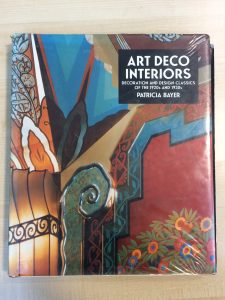
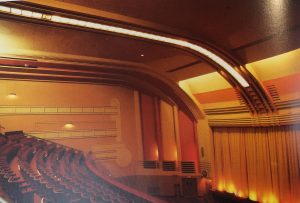
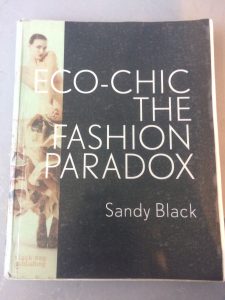 [1] I chose the book Eco-chic the Fashion Paradox by Sandy Black. The reason I chose this book is because I am interested in environmental/sustainable fashion. I love to see all the different ways fashion companies use environmental strategies to help minimise the amount of waste they are creating within this type of industry. This being both the footprint and waste areas; as this is a very fast-forward industry where what is fashionable is changing extremely quickly.
[1] I chose the book Eco-chic the Fashion Paradox by Sandy Black. The reason I chose this book is because I am interested in environmental/sustainable fashion. I love to see all the different ways fashion companies use environmental strategies to help minimise the amount of waste they are creating within this type of industry. This being both the footprint and waste areas; as this is a very fast-forward industry where what is fashionable is changing extremely quickly.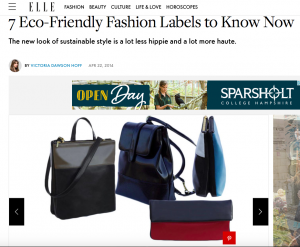
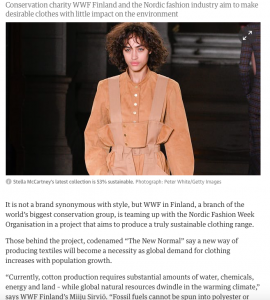
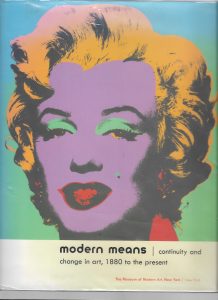
![[2]](http://blog.soton.ac.uk/rcs/files/2017/10/Screen-Shot-2017-10-23-at-23.07.13-300x151.png)
![[3]](http://blog.soton.ac.uk/rcs/files/2017/10/Screen-Shot-2017-10-23-at-23.06.45-300x161.png)
![[4] Coat, André Courrèges, 1967. Museum no. T.102-1974. Victoria and Albert Museum.](http://blog.soton.ac.uk/rcs/files/2017/10/Screen-Shot-2017-10-23-at-23.20.38-208x300.png)
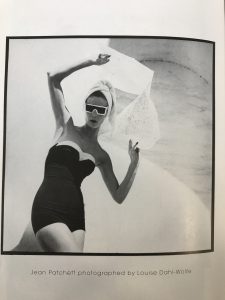

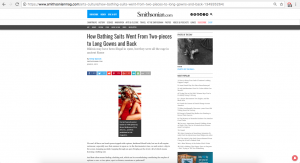
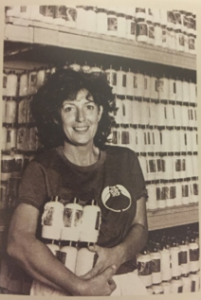
 ainable practices in businesses, I found a report published in 1992 by the ‘International Institute for Sustainable Development’ in conjunction with Deloitte & Touché and the ‘World Business Council for Sustainable Development.’
ainable practices in businesses, I found a report published in 1992 by the ‘International Institute for Sustainable Development’ in conjunction with Deloitte & Touché and the ‘World Business Council for Sustainable Development.’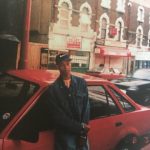
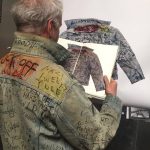
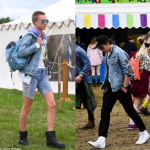
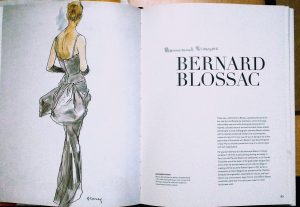
![David Downton website (by Oro Design) Dior Couture 2010 Available from: http://www.daviddownton.com/couture/ [Accessed 23rd October 2017]](http://blog.soton.ac.uk/rcs/files/2017/10/8b61ce5a08a708f40420bd7c8e47ebc0-246x300.jpg)
